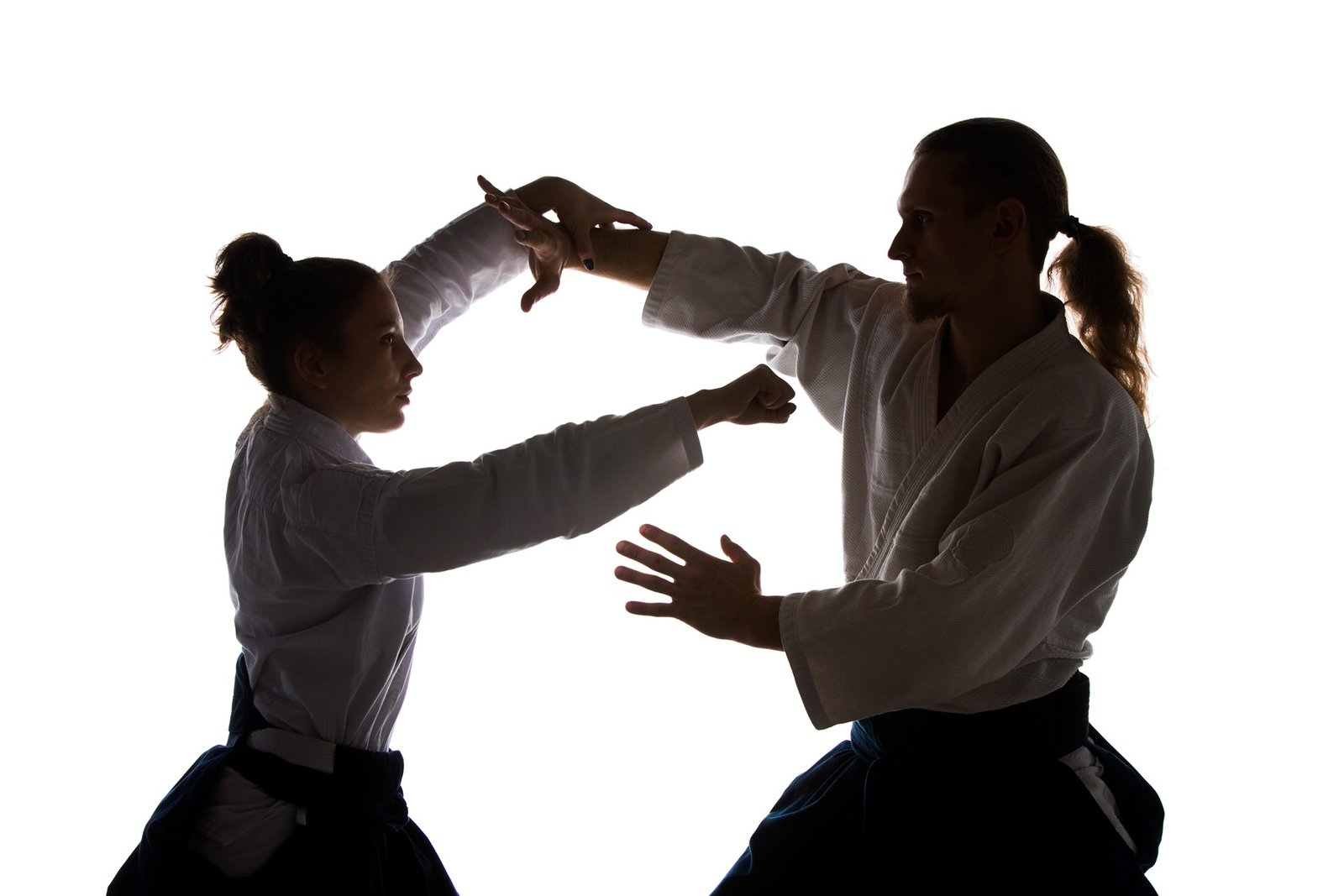Aikido, a modern Japanese martial art, is deeply rooted in the philosophy of using an opponent's energy and movements against them rather than relying solely on one's own physical strength. Unlike other martial arts that emphasize brute force, Aikido focuses on achieving harmony between the practitioner and the attacker. This harmony is reflected in the very meaning of the word "aikido," which translates to "the way of harmonious spirit."
The Essence of Aikido Techniques
Aikido techniques are distinctive in their approach to self-defense. Rather than meeting force with force, Aikido practitioners, known as aikidoka, aim to redirect the attacker's momentum. This redirection is achieved through a series of well-timed movements that blend with the opponent's energy, leading them off balance. Once the attacker is unbalanced, the aikidoka can apply a variety of techniques, such as joint locks, throws, and pins, to neutralize the threat.
One of the key principles of Aikido is the concept of blending or "awase." This involves moving in harmony with the opponent's movements rather than opposing them. By blending with the attack, the aikidoka can effectively control the situation without causing unnecessary harm. This principle is evident in Aikido's circular movements, which allow the practitioner to redirect the attacker's energy in a fluid and graceful manner.
The Philosophical Foundations of Aikido
Aikido is not just a physical practice; it is a way of life that emphasizes the development of one's inner character. The martial art promotes qualities such as humility, compassion, and nonviolence. Aikido practitioners are encouraged to approach conflicts with the intention of resolving them peacefully, rather than seeking to dominate or injure their opponents.
In addition to the physical training, Aikido also incorporates mental and spiritual practices. Meditation, for example, is an integral part of Aikido training, helping practitioners cultivate a calm and focused mind. This mental discipline is essential in Aikido, as it allows the aikidoka to remain composed and centered, even in the face of aggression.
"Aikido is not a technique to fight with or defeat an enemy. It is the way to reconcile the world and make human beings one family."
The Origins and Global Spread of Aikido
Aikido was developed in the early 20th century by Morihei Ueshiba, often referred to as "O-Sensei" (Great Teacher). Ueshiba was a master of several traditional Japanese martial arts, including Daito-ryu Aiki-jujutsu, and he sought to create a martial art that was both effective in combat and aligned with his spiritual beliefs. Ueshiba believed that true martial art should not only protect oneself but also protect the attacker from harm, embodying the principles of love and harmony.
Morihei Ueshiba's synthesis of martial techniques and spiritual philosophy gave birth to Aikido as we know it today. Since its inception, Aikido has spread across the globe and is practiced by thousands of people worldwide. Its emphasis on nonviolence and the peaceful resolution of conflicts has made it popular not only as a martial art but also as a means of personal development.
The Graceful and Fluid Movements of Aikido
Aikido is often admired for its graceful and fluid movements, which are in stark contrast to the rigid and forceful techniques seen in other martial arts. The circular motions used in Aikido allow practitioners to seamlessly redirect an opponent's energy, creating a dynamic flow that is both effective and aesthetically pleasing. This fluidity is a reflection of Aikido's core philosophy, where the goal is to neutralize aggression without escalating the conflict.
The practice of Aikido can be both physically and mentally demanding, requiring practitioners to develop a deep understanding of body mechanics, timing, and spatial awareness. However, the rewards of training are profound, as Aikido offers a path to greater self-awareness, emotional resilience, and a deeper connection to others.
Conclusion: The Modern Relevance of Aikido
In today's world, where conflicts and tensions often arise from misunderstandings and aggressive behavior, the principles of Aikido are more relevant than ever. Aikido teaches us that true strength lies not in overpowering others, but in finding harmony and balance within ourselves and in our interactions with others. Whether practiced as a martial art or as a philosophy for life, Aikido offers valuable lessons in compassion, humility, and the peaceful resolution of conflicts.
For those seeking a martial art that goes beyond physical combat, Aikido provides a unique blend of self-defense, spiritual growth, and personal development. Its emphasis on using an opponent's energy against them, rather than relying on brute force, makes it an art that can be practiced by people of all ages and abilities. Aikido's timeless principles of harmony and nonviolence continue to inspire practitioners around the world, making it a martial art for the modern era.

